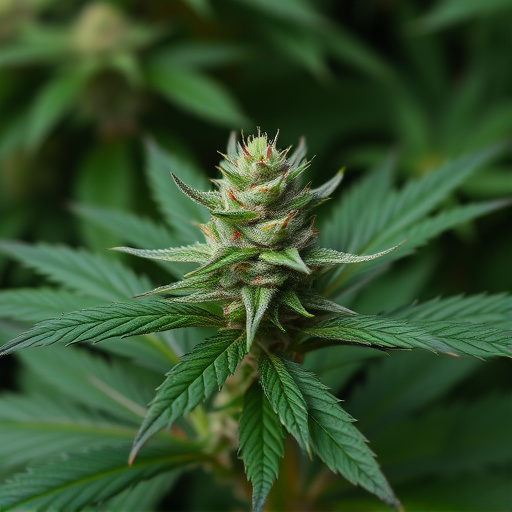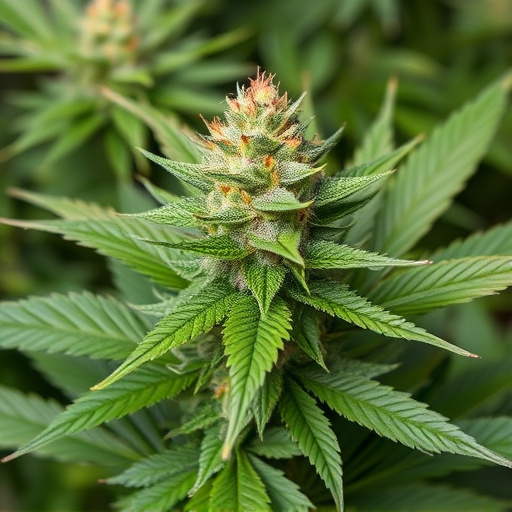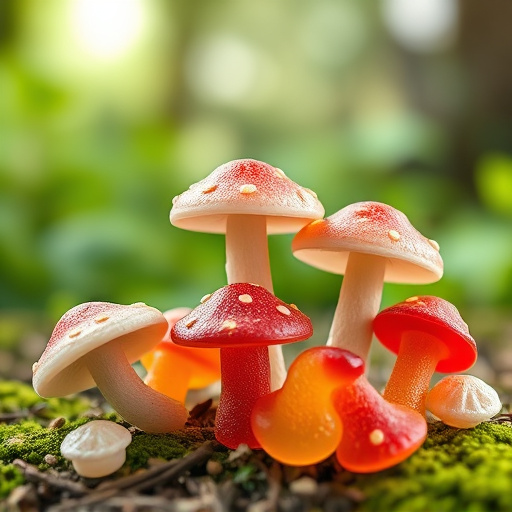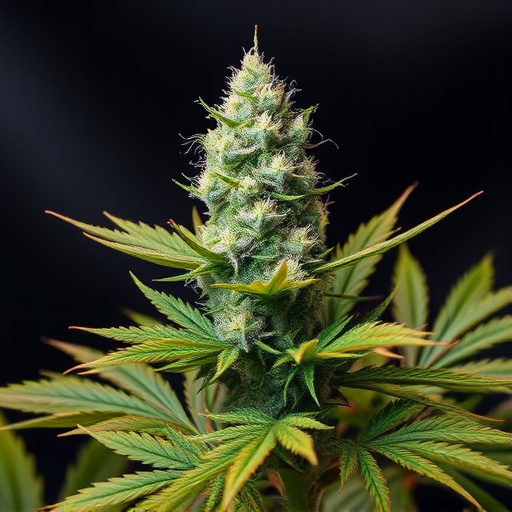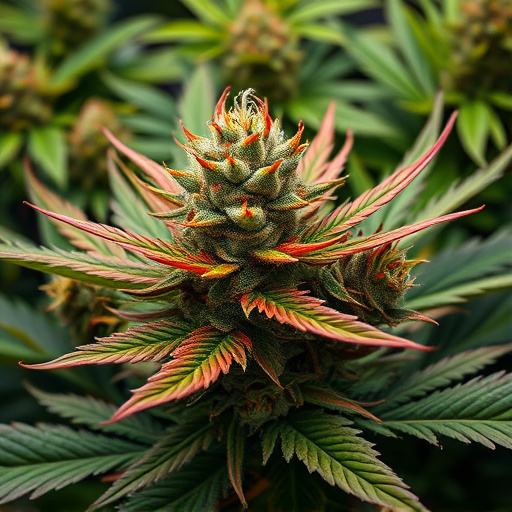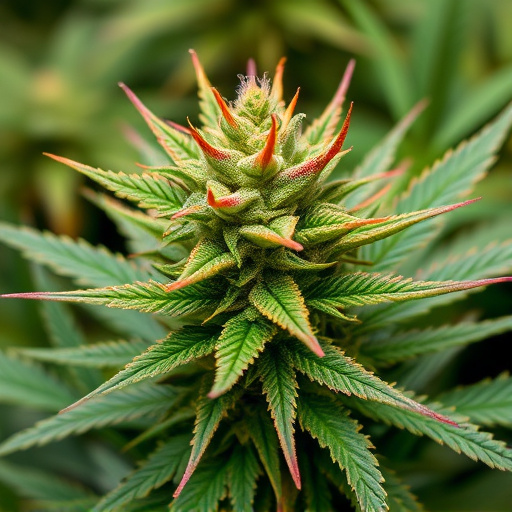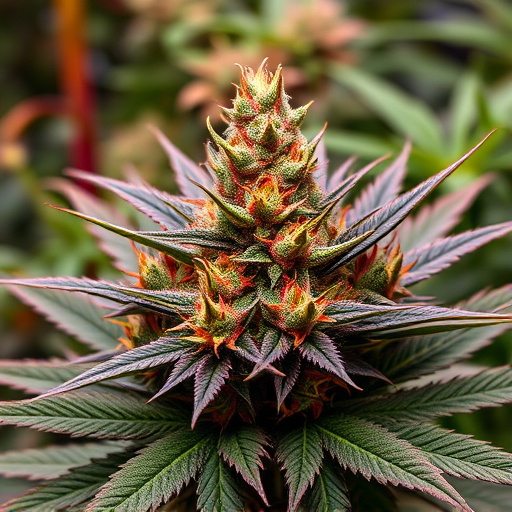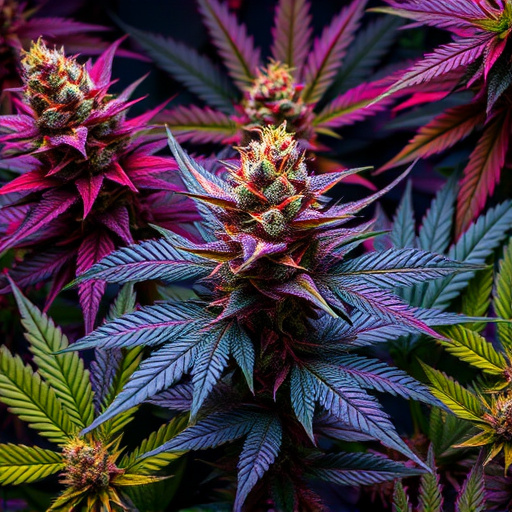Exotic marijuana strains are highly sought after due to their unique genetic heritage, cultivation techniques, and terpene profiles. Breeders meticulously combine diverse genetics to create hybrids with enhanced effects and sensory experiences. Cultivation methods, including advanced lighting, climate control, and quality testing, ensure premium products. Terpenes, natural aromatic compounds, play a crucial role in defining the flavor, scent, and therapeutic benefits of these strains, offering consumers a personalized cannabis experience.
Discover the intricate factors that define the quality of weed in this comprehensive guide. From the genetic composition and allure of exotic marijuana strains, to cultivation techniques and meticulous quality control measures, each step plays a pivotal role. Uncover the significance of terpene profiles, those aromatic compounds that elevate the experience. Learn how these elements combine to create superior cannabis products, with a focus on the growing popularity and demand for exotic marijuana strains.
- Genetic Composition and Exotic Marijuana Strains
- Cultivation Techniques and Quality Control
- Terpene Profile: The Aromatic Allure of Quality Weed
Genetic Composition and Exotic Marijuana Strains
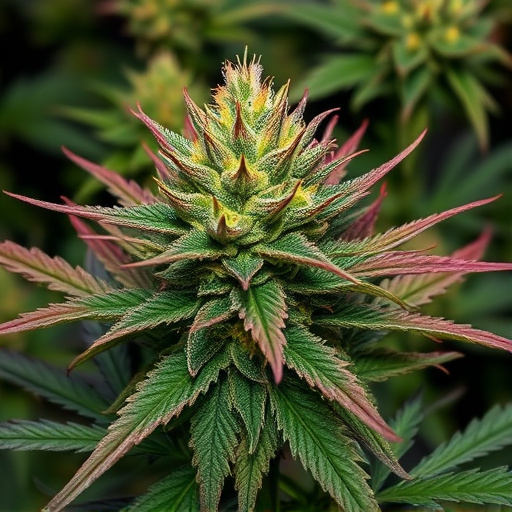
The genetic composition of marijuana plants plays a pivotal role in determining quality, particularly with exotic marijuana strains. Each strain possesses unique genetic traits that influence its aroma, flavor, potency, and overall therapeutic benefits. These genetics are responsible for the distinct characteristics that set apart, say, an Indica from a Sativa or a hybrid with specific cannabinoid profiles. Breeders carefully curate these strains, often combining rare and potent genetics to create new varieties that offer enhanced effects and unique sensory experiences.
Exotic marijuana strains, in particular, have gained popularity for their diverse genetic backgrounds and promised therapeutic advantages. These strains may include rare landraces or carefully cultivated hybrids, each contributing to a wide range of potential medicinal properties. The quest for exotic genetics reflects consumers’ growing interest in personalized cannabis experiences, where specific strains are selected not just for their effects but also for their ability to cater to individual needs and preferences.
Cultivation Techniques and Quality Control
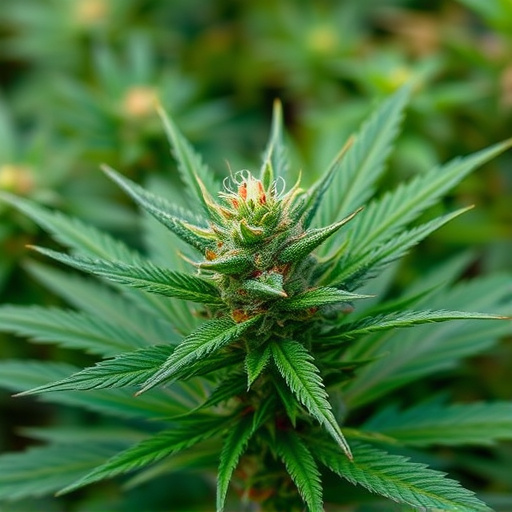
Cultivation techniques play a pivotal role in determining the quality of weed, especially when it comes to exotic marijuana strains. Growers employ various methods to ensure optimal conditions for plant growth and development. From advanced lighting systems that mimic natural sunlight to climate-controlled environments, these techniques significantly influence the potency, aroma, and overall experience of the final product. Quality control measures are also integral to this process. Regular testing for pesticides, mold, and other contaminants ensures that what reaches consumers is safe and consistent. Moreover, meticulous monitoring of pH levels in soil or water, as well as nutrient ratios, helps maintain a balanced ecosystem, fostering healthier plants with more desirable traits.
In the realm of exotic marijuana strains, these cultivation and quality control practices are even more critical. As these strains often have unique genetic backgrounds and specific cultural origins, careful attention must be given to their unique needs. This includes understanding their ideal environmental conditions, specific nutrient requirements, and any particular vulnerabilities or sensitivities. By adhering to rigorous standards in cultivation and quality assurance, growers can produce premium-quality exotic strains that preserve the intended characteristics and deliver a superior experience for discerning consumers.
Terpene Profile: The Aromatic Allure of Quality Weed
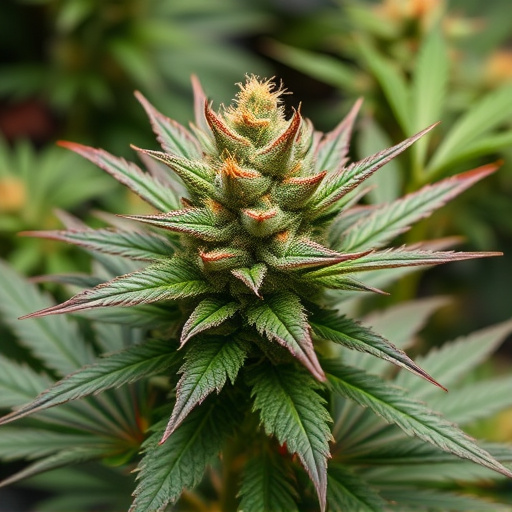
The appeal of quality weed extends far beyond its visual appearance and potent effects; one of the key factors that set apart superior cannabis is its terpene profile. Terpenes are aromatic compounds naturally present in cannabis, contributing significantly to the unique flavor and scent of different exotic marijuana strains. Each strain boasts a distinct combination of terpenes, which not only make smoking or vaping more enjoyable but also play a crucial role in the overall therapeutic experience. For instance, myrcene, known for its earthy and musky notes, is often associated with indica strains and is believed to promote relaxation and sleep. Meanwhile, limonene, with its citrusy aroma, is prevalent in sativa varieties and may enhance focus and lift mood.
Understanding the terpene makeup of various exotic marijuana strains allows cannabis enthusiasts to make informed choices based on their desired effects. Terpenes can interact synergistically with cannabinoids, such as THC and CBD, creating what is known as the entourage effect. This complex interaction can lead to a more balanced and amplified therapeutic response, making quality weed not just about potency but also the harmonious blend of aromatic compounds that elevate the overall experience.
In conclusion, determining the quality of weed involves a multifaceted approach. From understanding the genetic composition and cultivation techniques to examining the terpene profile, each element plays a crucial role in crafting superior cannabis. Incorporating exotic marijuana strains enhances aroma and potency, making it essential for cultivators to prioritize quality control measures. By focusing on these key factors, growers can produce consistently high-quality weed that meets the sophisticated tastes of today’s discerning consumers.





